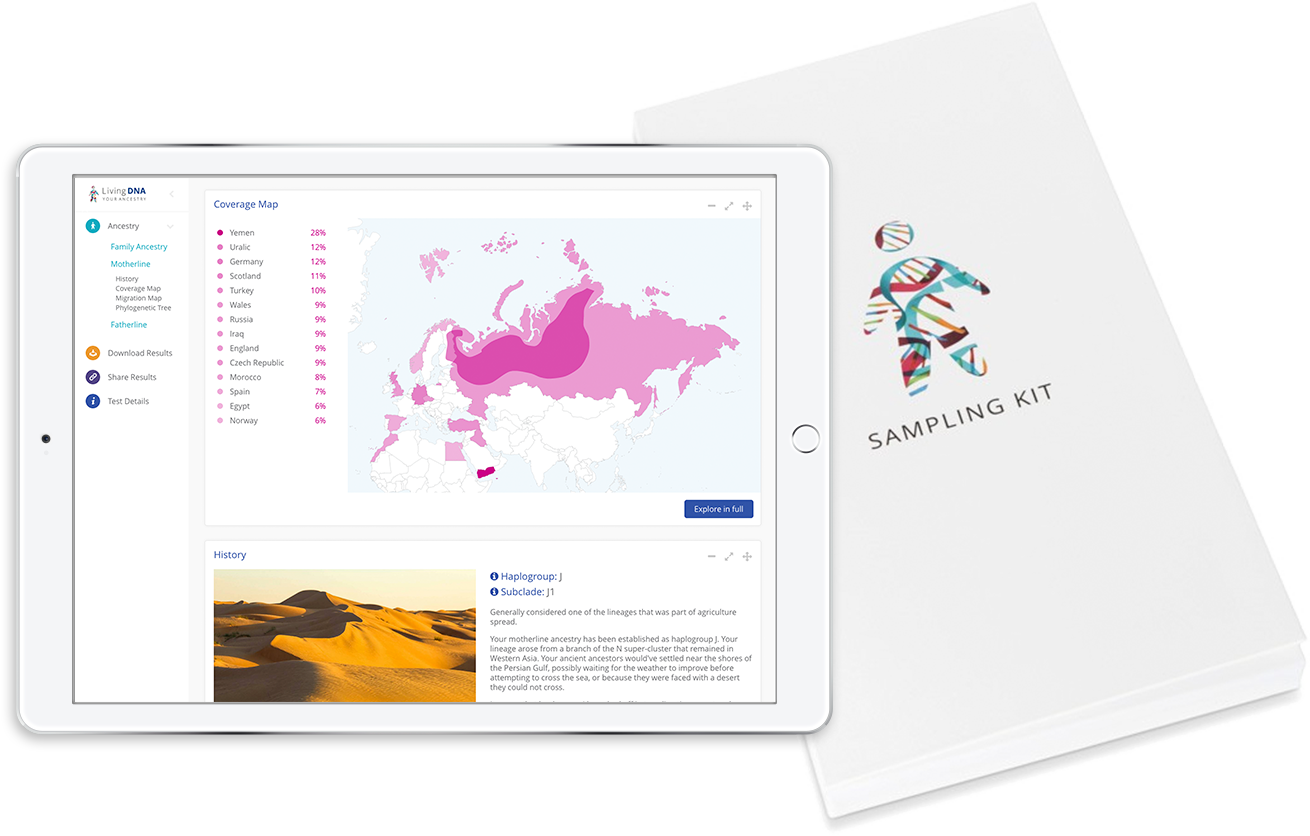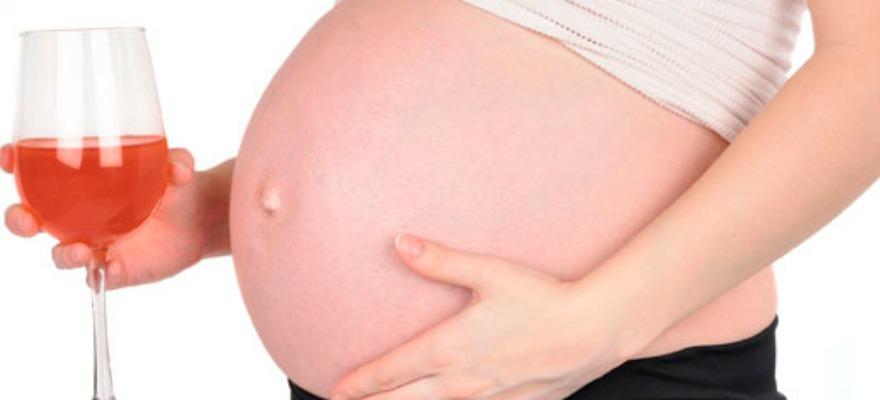In most cases the evidence is clear that taking drugs is harmful, it's good practice to assume that taking any form of illicit drug whilst pregnant is unsafe to user and the baby, even if the abuse is minor. Alcohol is shown to cause the most damage to babies of all drugs.
How do drugs affect the baby?
The drug makes it way to the baby by entering through the placenta. a side effect of ingesting a drug is that it can reduce the oxygen that reaches the baby.
It’s also dependant on when the drug have been taken, in regards to the development of the baby in the womb. As this will have an effect on the size of the baby, potentially stunting its growth and organ development.
Other worrying effects include placental abruption, this is when illicit drugs have caused the placenta to come away from the uterus, which will cause severe bleeding. This can be a life threatening for both the baby and the mother.
Case study: 80 different babies that have been subjected to drug abuse whilst in the mothers womb
In the Early Development Journal, 80 different babies that have had drug addicted mothers while pregnant were tested to see if there were any defective traits that will negatively alter them throughout life. The tests indicated that the babies perform less well on motor skills, coordination and social interaction in comparison to mothers that went addicted to drugs while pregnant.
According to child health experts, other factors such as bad parenting could be to blame. As studies don't take into account “non responsive environments”. The lack of parent-child interaction could have more of an impact than first recognised.
The babies studied had their urine tested and their first stool tested, it was found that most babies had been exposed to methadone, opiates, benzodiazepines and cannabis. The babies were showing signs of withdrawal and needed morphine to combat these withdrawal symptoms.
Babies that are born to mothers of drug abuse often have smaller heads, this suggests neurodevelopmental issues. However by six months the size of the head returned to normal, compared to other unaffected babies in the tested areas.
After six months the babies that were affected by drug abuse still scored lower on a wide range of subjects in comparison to normal babies. The main concern was vision, as 40% of babies were suffering with a condition called nystagmus.
Babies that were exposed to more than one illicit drug whilst inside the womb scored lower in comparison to babies that were exposed to just one. The number of babies in the UK that have been affected by drug abused mothers is unknown, as this data is not routinely collected.
The general consensus is that taking drugs while pregnant will significantly increase the chances of the baby having various mental and physical birth defects.
How to test for drug abuse
Drug and Alcohol testing has evolved and there are a host of options available depending on the exact requirement of testing.
The mother can be monitored with hair, urine or nail testing during pregnancy. The child can be tested at birth using umbilical cord blood or hair. Due to the complex nature of testing options it is important to consult with DNA Worldwide



.jpg)

.jpg)


